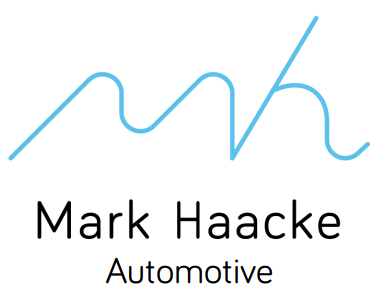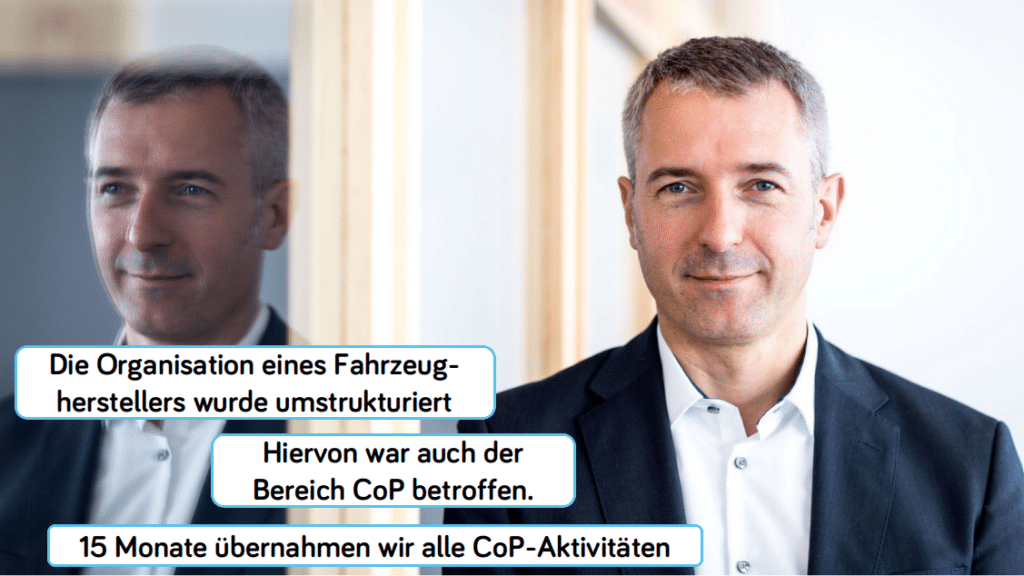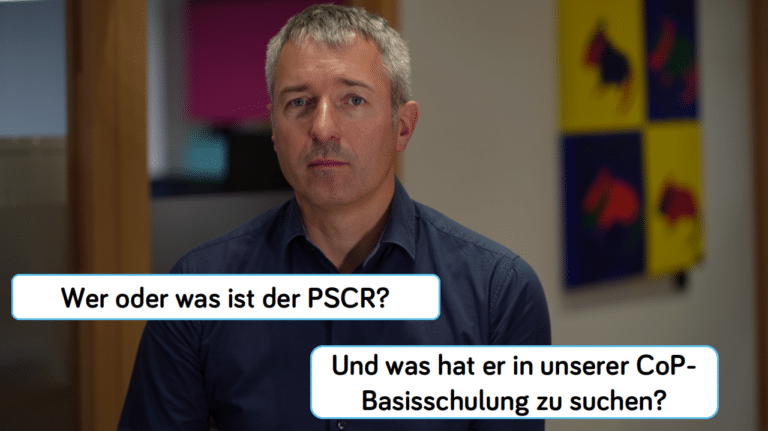What happened?
A vehicle manufacturer that was founded only a few years ago has developed very quickly.
The market situation turned out to be different than forecast.
And as the market situation developed, the company had to develop. The organization had to be adapted to the new requirements.
Due to many restructurings in a short period of time, the CoP division lost its entire team. Since CoP (Conformity of Production) is a legal requirement and gaps in the evidence can have fatal consequences – even many years, even decades later – the person responsible for CoP contacted us with a request for support.
Why is CoP so important?
CoP – Comformity of Production – is required by law and is a mandatory prerequisite for placing vehicles and vehicle components on the market.
CoP is intended to ensure (downstream, as it were) that the products of series production comply with the approved status.
How could we help?
At the beginning there was an analysis of the initial situation. This revealed a number of open issues that could have become a serious risk for the company. This resulted in several task packages.
Our 1st focus:
We reviewed existing CoP planning for adequacy and effectiveness. Since there were gaps here, we supplemented the assessment with existing documentation from the permitting process.
Based on this, we created a new CoP control plan.
Our 2nd focus:
All approved characteristics of a complete vehicle and the components are subject to the obligation to actually physically test within the scope of CoP.
Since the legislator does not intend to repeat the type test at regular intervals, it is now important to develop test procedures that fulfill their task, but maintain a reasonable level of effort and cost.
We created procedural instructions for the future performance of the CoP tests, which contain all the specifications in a clear and comprehensible manner, from the preparation of the test and its performance to the evaluation and documentation.
Our 3rd focus:
The corresponding CoP testing now also had to be carried out. Since the manufacturer is allowed to decide on his own responsibility within the framework of CoP which laboratories he uses for this purpose, we have
a) evaluates which test facilities and measuring equipment are available and suitable in the company,
b) evaluates which tests can be performed by ourselves or by our customer’s employees (see 4. Focus),
c) external laboratories were requested and compared.
In the last step, all measurements were performed or accompanied by us and immediately the test results were used for planning the sample size and test interval of the upcoming CoP tests.
With the handover of the CoP reports from the now completed model year, we were also able to hand over the complete documentation to our customer.
Our 4th focus:
Parallel to the 3 steps described above, we supported our customer in building a new CoP team and qualifying the colleagues for their work. We used Step 3 for mentoring to help our colleagues get started.
Our tips
- Even as the company evolves, make sure that elementary processes don’t get bogged down.
- Train and develop your employees continuously – also with a view to possible substitution arrangements.
- Consult experts with the appropriate experience!
- Even if you only have a temporary lack of resources (vacation, illness) – get external support to compensate for the shortfall directly.
Do you need experts to support you?
Do not hesitate to contact us!





